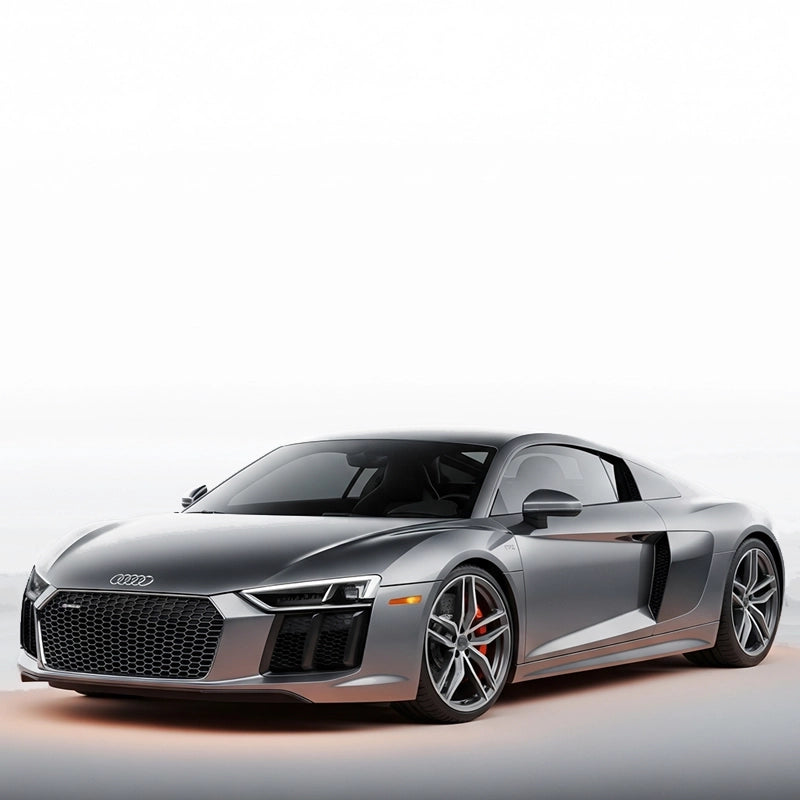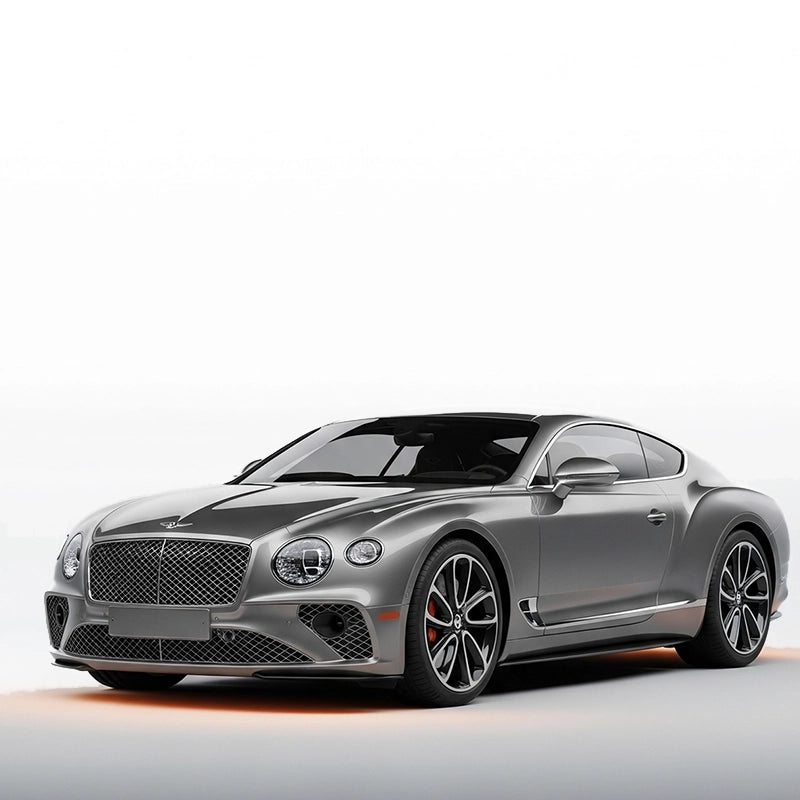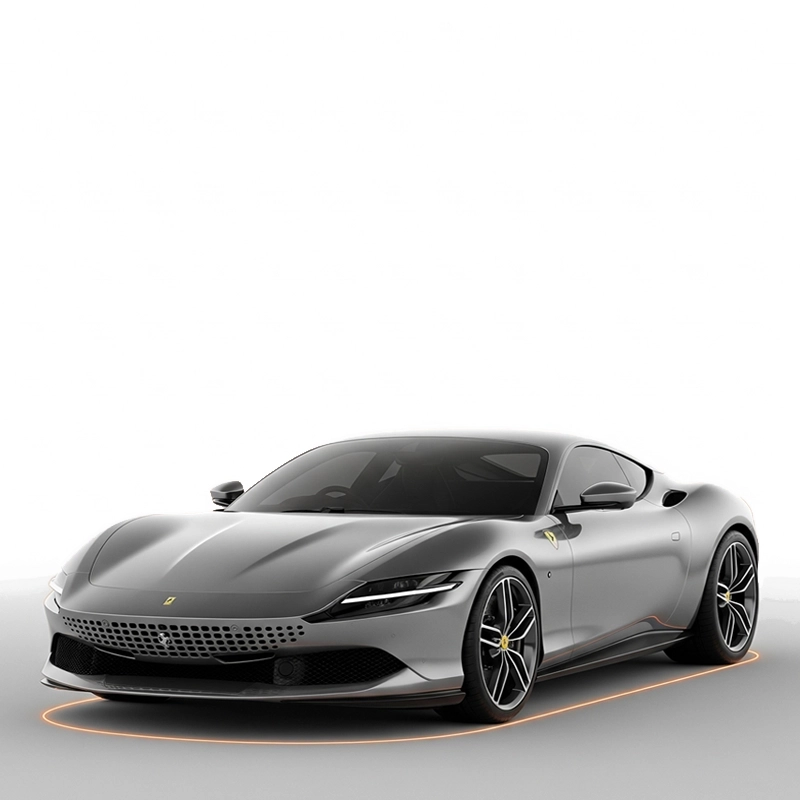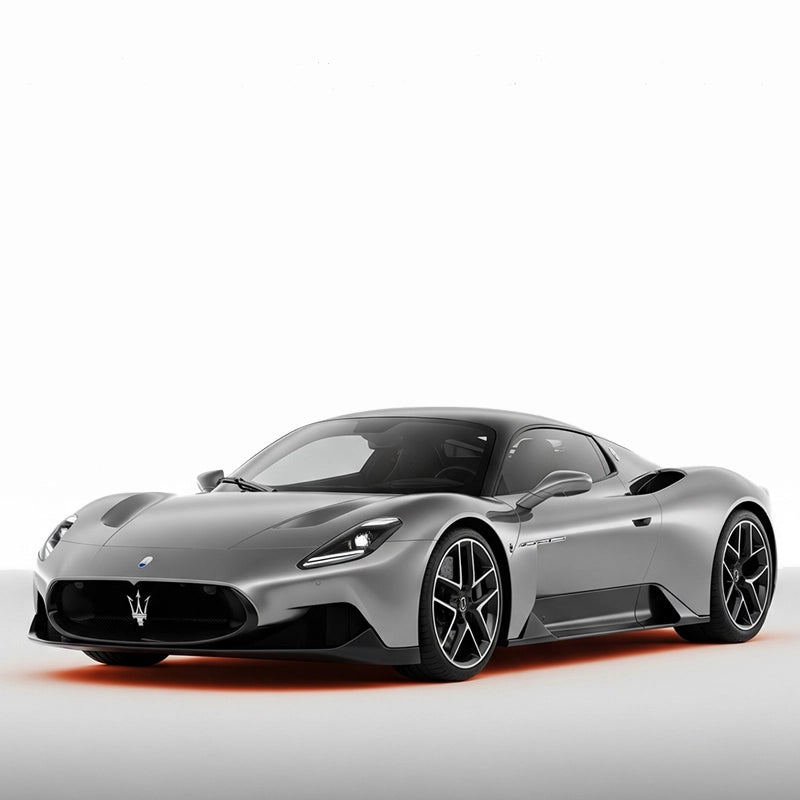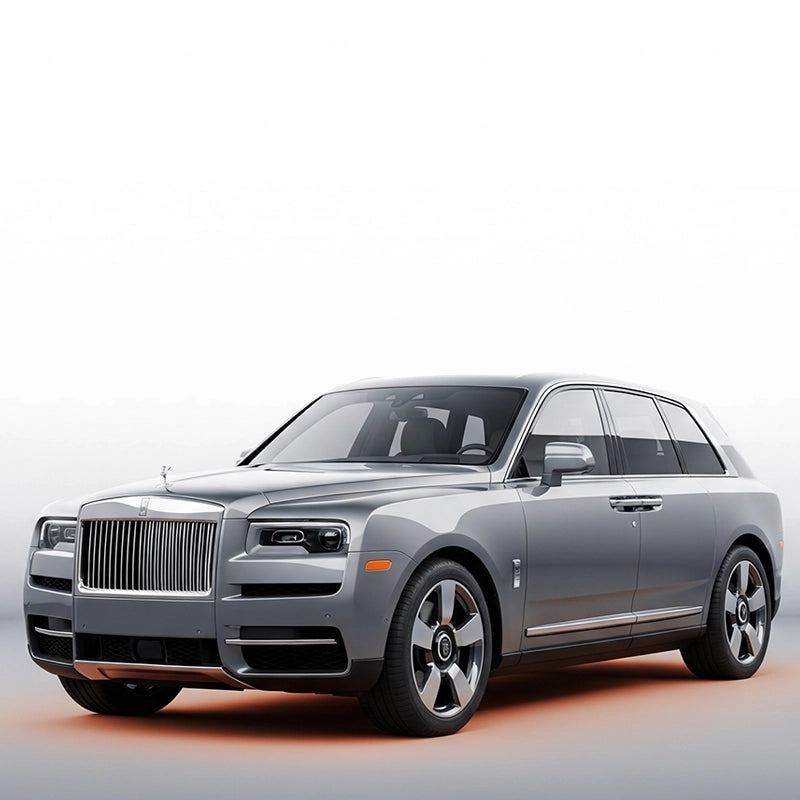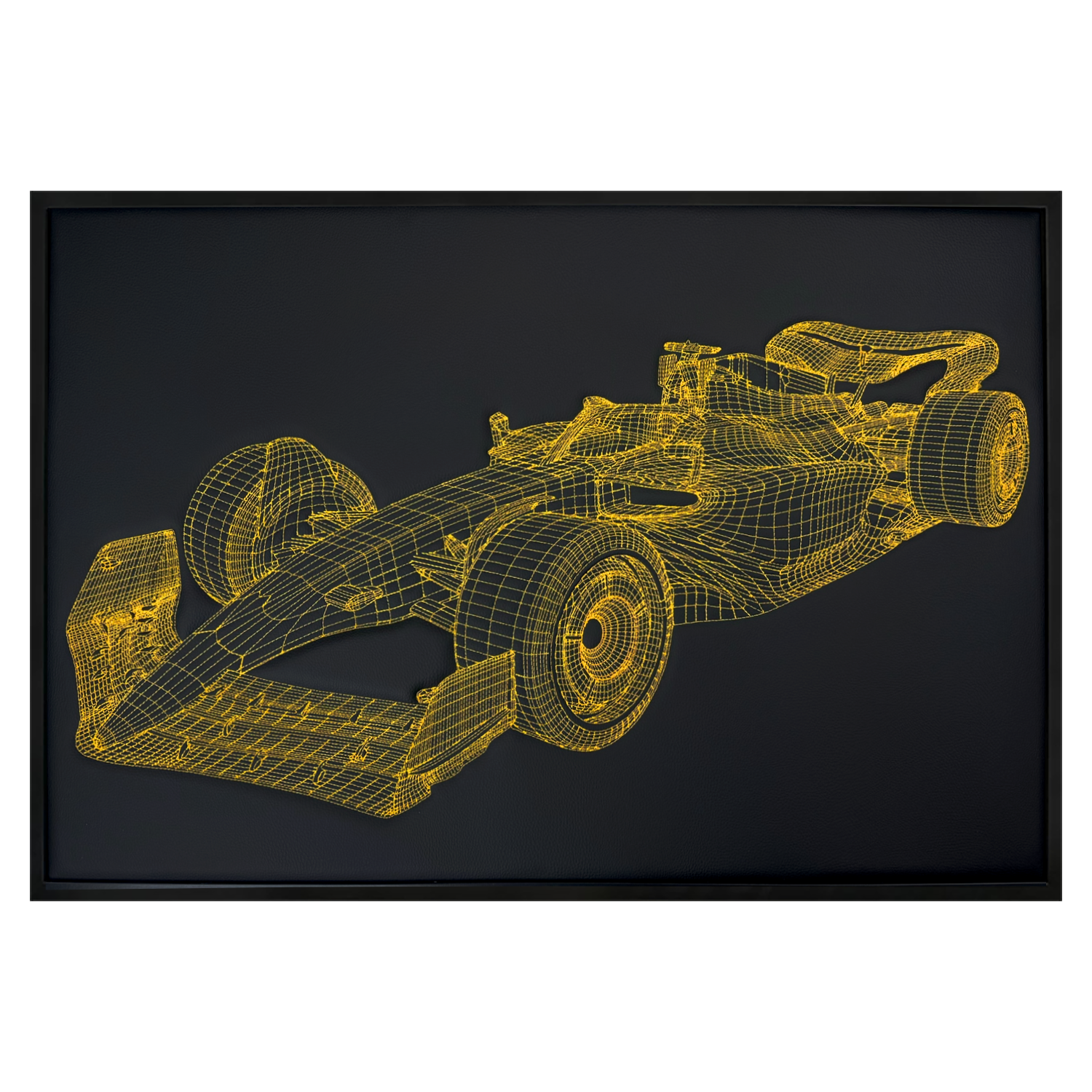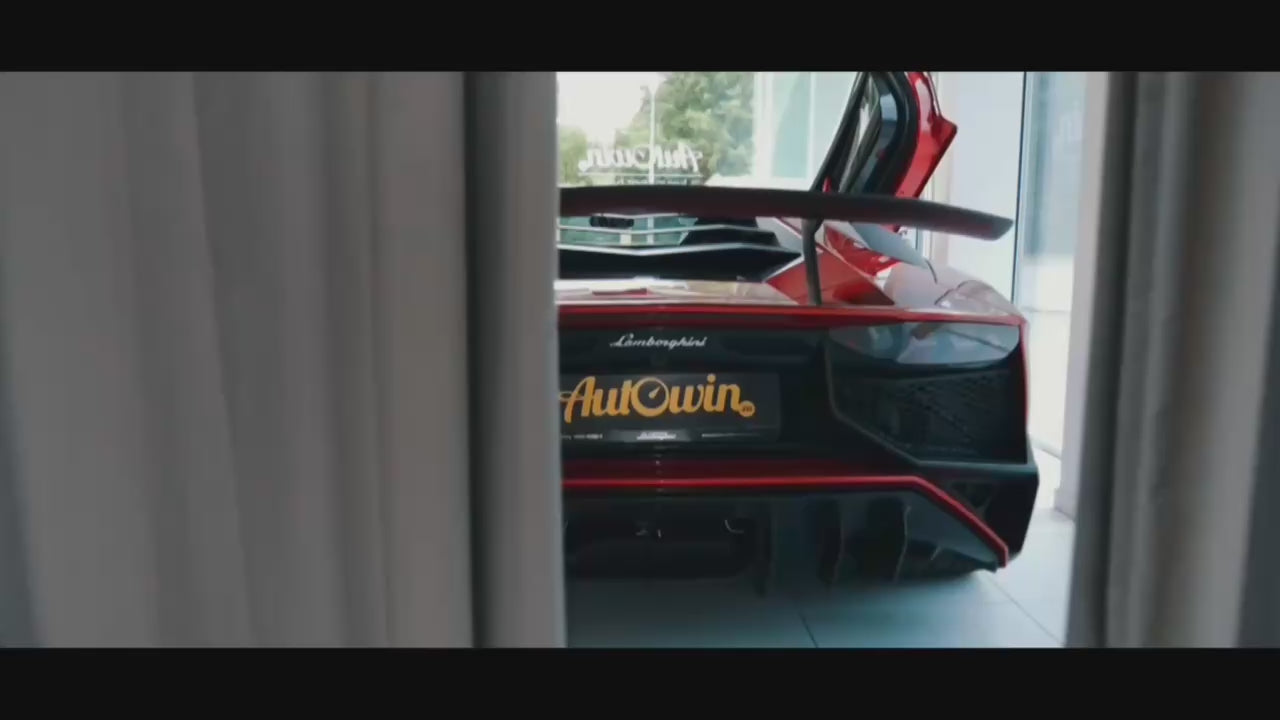Decoding the Symbolism Behind the Mercedes-Benz Three-Pointed Star
I’ve stood in icy dealer forecourts with the hood ornament glinting like a compass, and I’ve driven everything from W123 taxis to the latest S-Class where the star is flattened into the grille for aero reasons. Either way, the Mercedes-Benz three-pointed star follows you around the cabin and somehow changes your posture behind the wheel. It’s more than branding; it’s a promise. And yes, there’s a proper story behind it.
A quick origin story of the Mercedes-Benz Three-Pointed Star
Long before it became a badge you’d spot in a valet line, the star was a sketch. Gottlieb Daimler once marked a star on a postcard to his wife to symbolize his ambition: engines “on land, on water, and in the air.” Daimler-Motoren-Gesellschaft (DMG) registered the three-pointed star in the early 1900s, and after DMG merged with Benz & Cie., it evolved into the emblem we know—star in a ring—uniting engineering grit with a certain Germanic neatness.
Did you know? The Mercedes-Benz three-pointed star represents power and engineering for three domains—land, sea, and air. It’s not just poetic; the company actually built engines for all three.
Sea: the first point of the Mercedes-Benz Three-Pointed Star
Before most of us could afford a bicycle, DMG was already powering boats. When I chatted with a classic-boat restorer in Hamburg, he pointed to a century-old crankcase with quiet reverence. “This thing,” he said, “never quits.” That’s the vibe the star earned on the water.
- First high-speed four-stroke breakthrough: In 1885, Gottlieb Daimler and Wilhelm Maybach developed a compact, high-speed, four-stroke engine—light and reliable enough to transform marine applications.
- Engines for all kinds of craft: From launches to more specialized vessels, DMG refined marine engines that became synonymous with durability—hence the star stamped on metal that lived in a salty world.
Air: the second point of the Mercedes-Benz Three-Pointed Star
Stand next to an early aircraft engine and you can almost hear the wood-and-canvas creak. Mercedes aero engines were the workhorses of their day—precise, stout, and as drama-free as carburetion allowed in the era.
- Pioneering aero power: During the 1910s, Mercedes inline engines powered numerous German aircraft, known for dependable performance in unforgiving conditions.
- A badge of precision: The three-pointed star on aero engines became shorthand for meticulous engineering at altitude—long before stability control and mood lighting became a thing.
Land: the third point of the Mercedes-Benz Three-Pointed Star
This is the bit you and I know best. From the Patent-Motorwagen era to an S-Class that can read the road faster than your morning coffee wakes you up, the badge has overseen a century of breakthroughs.
- Groundbreakers then and now: From Karl Benz’s pioneering machine in 1886 to today’s hybrid and electric flagships, the brand keeps nudging the benchmark.
- Luxury meets longevity: Whether it’s an old W124 that feels immortal or a modern AMG that feels like silk-wrapped thunder, that star signals comfort, safety, and performance in equal measure.
At-a-glance: the three points of the Mercedes-Benz Three-Pointed Star
| Domain | What it symbolizes | Period highlights | Example hardware |
|---|---|---|---|
| Sea | Reliable power for marine craft | Late 19th–early 20th century | DMG four-stroke high-speed engines |
| Air | Precision and performance at altitude | Early aviation/1910s | Mercedes inline aero engines (e.g., period sixes) |
| Land | Luxury, innovation, safety, and speed | 1886 to today | From Patent-Motorwagen to S-Class and AMG |
Side tip: If you prefer the classic standing hood ornament, some markets still offer it on select models. In others, the flat grille badge improves aerodynamics and pedestrian safety—check your local spec sheet.
Protecting that luxury feel: AutoWin Floor Mats for Mercedes-Benz
Confession: when I road-tripped a C-Class wagon to the Alps, we tracked in half of Switzerland. The car? Still felt dignified—because we’d protected the carpets. If you’re keeping your cabin worthy of the badge, the right mats matter.
Why choose AutoWin floor mats for your Mercedes-Benz?
- Tailored fit: AutoWin designs mats to fit your specific Mercedes-Benz—no curling edges, no pedal interference, just a neat, factory-like finish.
- Premium materials: Built to handle daily commutes, muddy touchlines on a Saturday, and the odd ski weekend—without looking tired a month later.
- Customization: Pick colors and textures that match your cabin. It’s a small touch that makes the interior feel “yours.”
- Easy to clean: Shake, wipe, done. Keeps the cockpit looking crisp so the star can do its thing—shine.
Owner moment: A reader with an E-Class wagon told me their kids got “quiet enough to hear them arguing” once the cabin was cleaned up and the mats went in. Silence never sounded so premium.
In conclusion: why the Mercedes-Benz Three-Pointed Star endures
The Mercedes-Benz three-pointed star sticks because it’s honest about what the brand set out to do: engineer excellence for land, sea, and air. It’s a neat shape, yes, but it’s really a résumé. From early marine and aero engines to modern luxury sedans and fire-breathing AMGs, the badge represents calm confidence—and the kind of quality that makes even a Monday commute feel intentional.
If you’re living with a Mercedes-Benz, protect that experience. A simple upgrade like AutoWin floor mats keeps the interior worthy of the star—and ready for the next thousand miles of memories.
FAQ: Mercedes-Benz Three-Pointed Star
-
What does the Mercedes-Benz Three-Pointed Star mean?
It symbolizes engineering mastery across three domains: land, sea, and air. -
When did Mercedes start using the three-pointed star?
DMG registered the star in the early 1900s, and it evolved into today’s emblem after the DMG–Benz merger. -
Why do some cars have a standing star and others a flat badge?
Market preference, aerodynamics, and pedestrian-safety rules influence whether you get the hood ornament or a grille-mounted star. -
Is the star just marketing?
It’s marketing with receipts—Mercedes built engines for boats and aircraft before becoming synonymous with luxury cars. -
How do I keep my Mercedes interior looking new?
Regular cleaning plus fitted mats helps. Consider tailored options like AutoWin for a snug, premium look.

